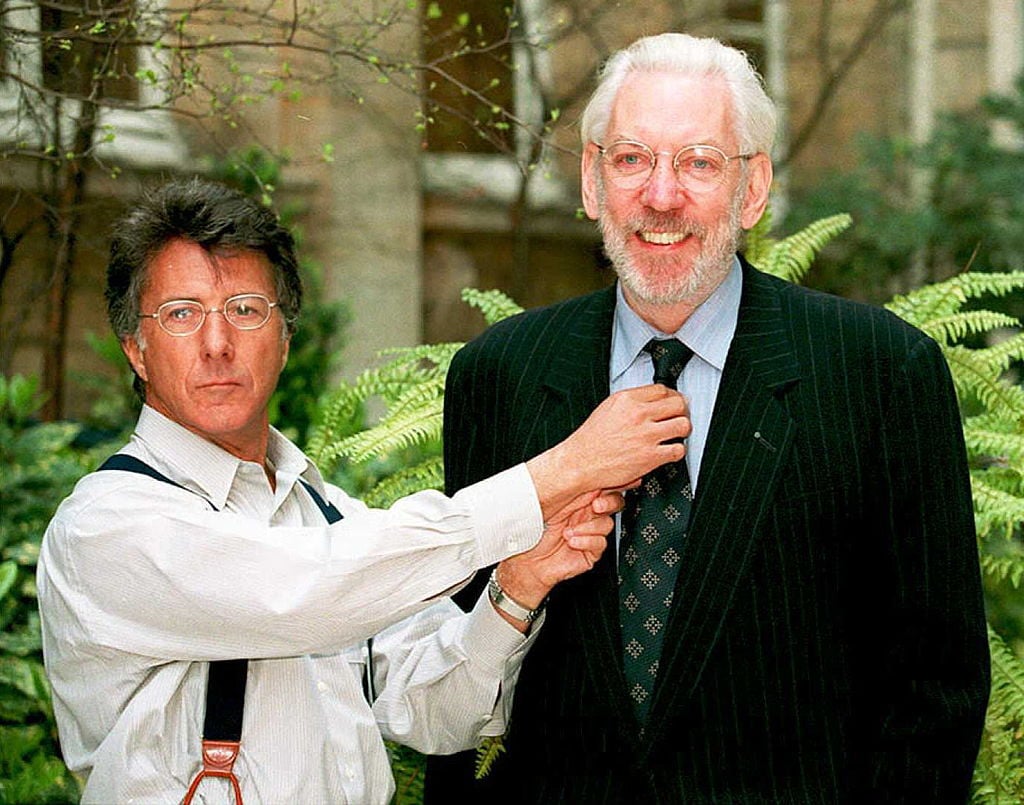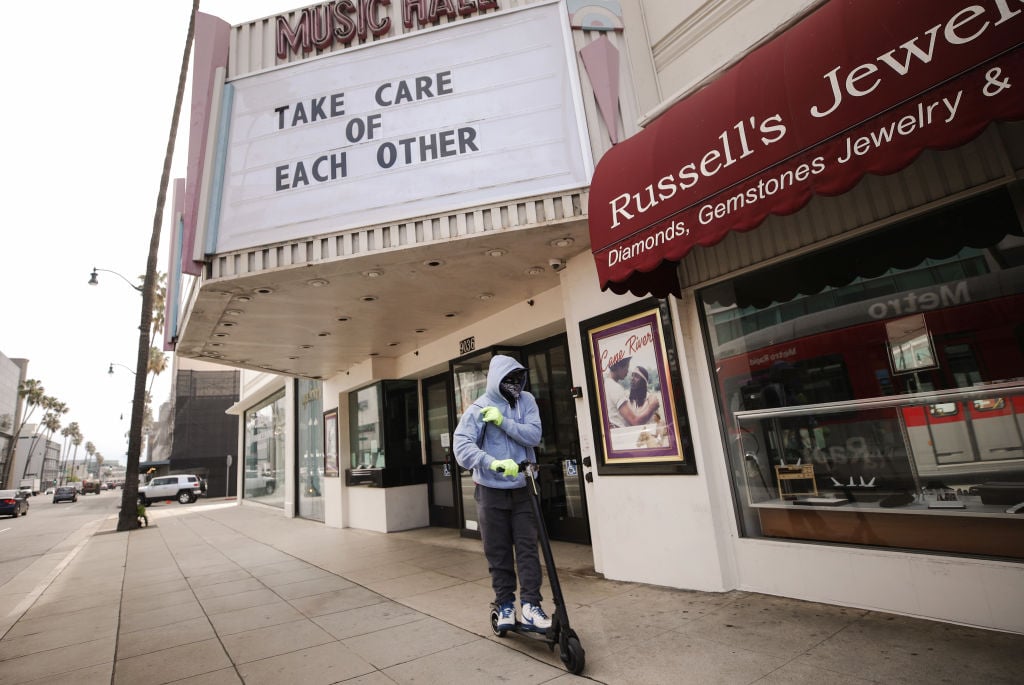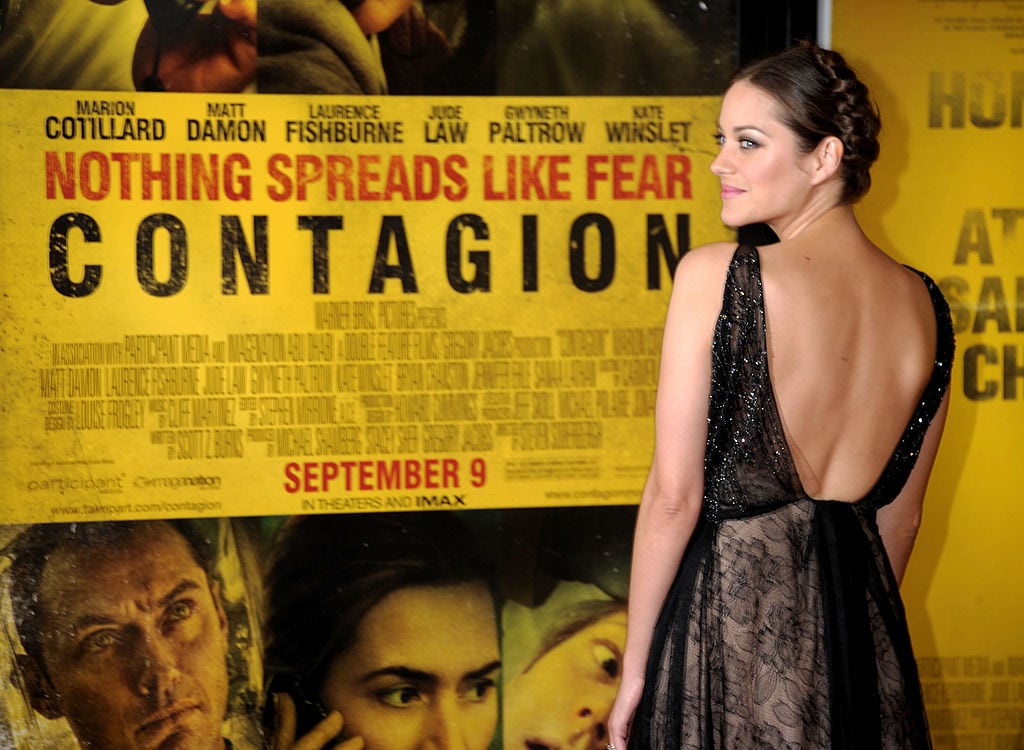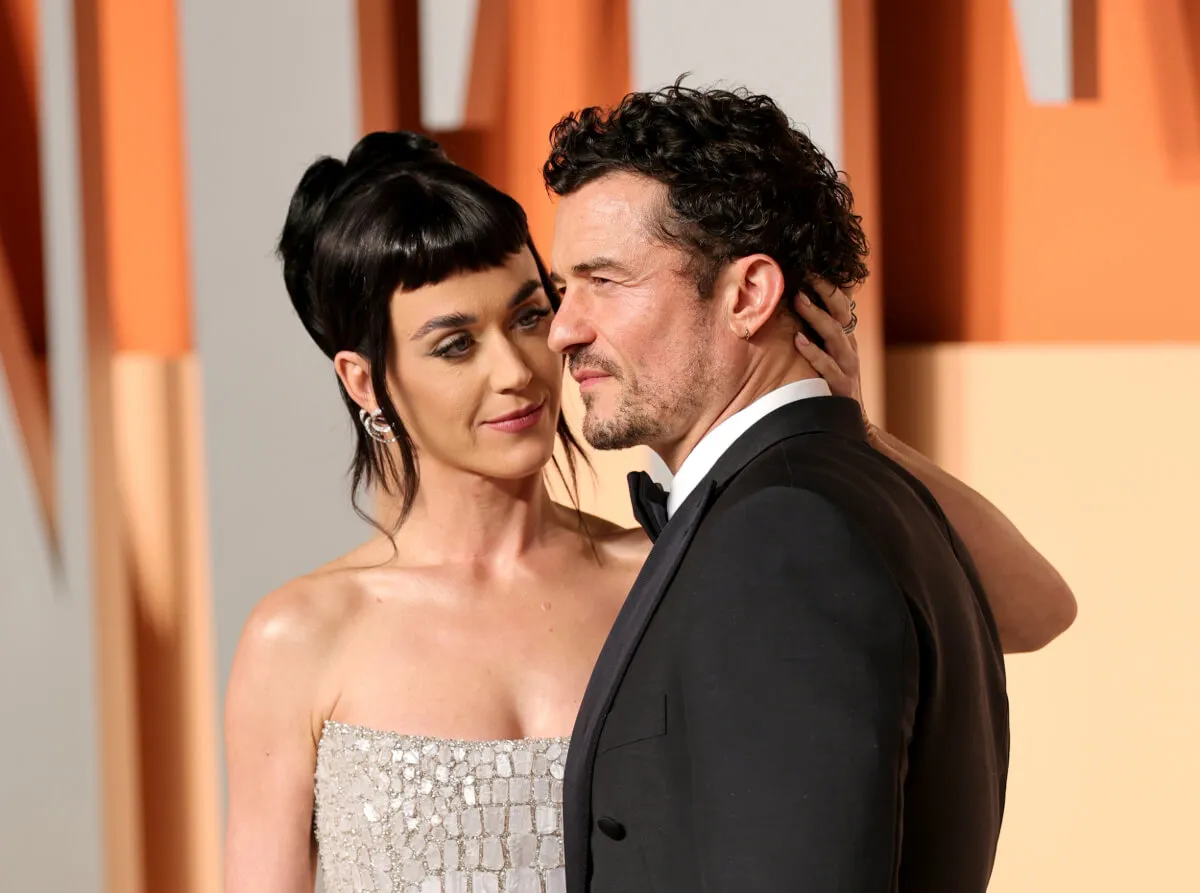Why the Movie ‘Outbreak’ Is an ‘Inside Joke in the Public Health Community’
Now that the world is living through the COVID-19 outbreak, many are looking to movies on pandemics to soothe–or perhaps stoke–their fears. Movies like Contagion and Outbreak are circling back into popularity on streaming services. However, among epidemiologists and other health experts, the 1995 movie Outbreak, starring Dustin Hoffman, Donald Sutherland, and Morgan Freeman, is something of a joke–for how scientifically inaccurate it is. Outbreak is currently airing on Netflix.

The science in the 1995 movie ‘Outbreak’ leaves a lot to be desired
CNBC reporter Christina Farr recently interviewed some of the experts on the pandemic-themed movie, Contagion. Many of them were not exactly jumping at the opportunity to work on the film–at first.
“… Dr. Mark Smolinski first read the script for Contagion [when] he was working at Google’s non-profit arm, Google.org, on public health-related projects,” Farr wrote. But he was “initially hesitant about getting overly involved with a Hollywood movie.” Why? Outbreak, which had come out in 1995, was an “inside joke in the public health community.” As Farr points out, Outbreak “took some real liberties when it came to scientific accuracy.”
“The science was awful,” Smolinski argued. “They basically created a vaccine overnight.”
But Contagion was a different Hollywood experience than Outbreak. As CNBC reported:
Smolinski said that he and a group of fellow infectious disease experts were encouraged to pore over the script ‘line by line’ and point out any flaws. He’s now seen the film more than 100 times — he often uses it as a teaching tool — and he’s still proud of its attention to detail.
Scientific consultants say the 2011 film ‘Contagion’ was much more accurate

Natasha Griffith also served as a scientific adviser on Contagion. Because she “directed the operations and safety program for [UCLA’s] high-containment research facilities,” she led several training exercises with the cast of Contagion. This made the 2011 film quite bit more accurate than Outbreak.
“I’d spent whole days with the actors. I even remember the submarine doors we used,” Griffith explained. Farr continued about her work on the film:
She flew to Chicago to supervise the development of the lab used in the film, ensuring the accuracy of props like test tubes, pipettes and suits worn by the actors. Griffith recalled that even the smallest details, like the speed at which the centrifuge was running samples, were accurate. She used cranberry juice and apple to color the samples, so they were the correct shade before and after they were exposed to the virus.

All things told, the research and effort that went into getting Contagion’s details right prevented it from being another Outbreak.
“I was very happy they listened and it was scientifically very accurate,” the film consultant said of Contagion.


